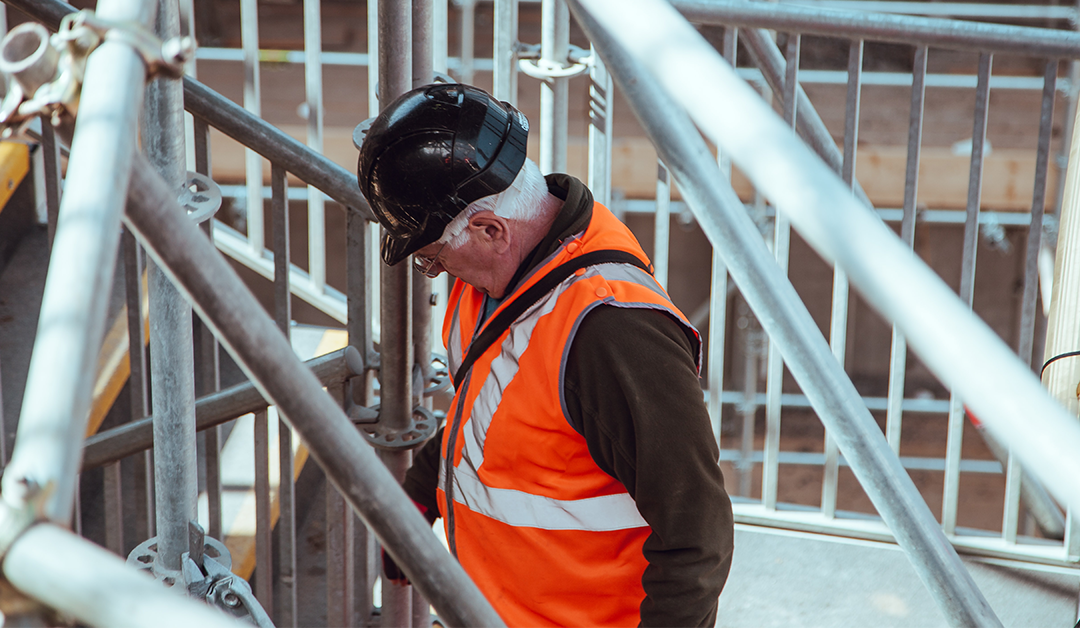For construction project owners, selecting a project delivery method may seem like an overwhelming task. Each delivery method has its own advantages and drawbacks, making each method better-suited for some projects and a worse-fit for others. Selecting a project delivery method is one of the most important decisions to make to ensure the success of your project.
Where to start?
There are several factors to consider when selecting a delivery method for your project. What is the overall project budget? How soon does the project need to be delivered? How much risk are you willing to burden? These, among others, are some of the questions that owners should ask themselves when selecting a delivery method for their project. Generally, owners should consider the following when deciding on a method for their project:
- Budget. Each delivery method has a significant impact on the overall cost of a project. While an expensive delivery method might make sense for a complex project with a high budget, a more economical option might be more appropriate for a smaller project with a limited budget. It’s important to understand the impact that the chosen delivery method will have on the overall cost of your project.
- Schedule. Like overall cost, each delivery method will have a significant impact on the overall schedule of your project. Some delivery methods are better suited for projects that require a short turnaround, while others might be more appropriate for projects with a flexible timeline. It’s important to consider the scheduling needs of your project when deciding on a delivery method.
- Risk. Every construction project carries a certain amount of risk. It’s important for a project owner to know how much risk they are willing to be responsible for when selecting a delivery method – choosing the appropriate method can mitigate potential negative outcomes for a given project.
- Control. Each delivery method affects the level of control that a project owner has over their project. Are there specific design requirements or aspirational goals? Does the owner have experience or expertise in similar projects? Will outside expertise need to be leveraged for the success of this project? It’s important to understand your expectations for control when selecting the delivery method for a given project.
These considerations, among others, can help an owner to decide which delivery method is best for their project. As each construction project is unique, there is not a one-size-fits-all solution for determining how a project is delivered. However, considering these factors can give project owners an idea of which delivery method best fits their project.
What are the options?
While there are several variations and ways to combine different methods, there are generally four methods of delivering a project:
- Design-bid-build. Typically, this delivery method results in two lump-sum contracts: one between the owner and design team, and another between the owner and contractor. Sequencing in this delivery method consists of designing the project, bidding the project, and building it. Historically, design-bid-build has been the most common contracting method for projects in the United States (although in recent years, other delivery methods have increased in popularity). It is well-suited for straightforward projects with relatively short scheduling requirements.
- Design-build. Under this delivery method, project design and construction are combined under a single contract. Typically, the project owner will set certain budget, schedule, and performance requirements for the completed facility – it is expected that the design of the facility will meet these requirements. In some cases, an owner may hire an architect to complete a preliminary or schematic design (SD) of the facility – the remaining design components would then be completed by the design-build contractor during a later project phase. This delivery method features minimal owner involvement throughout the design process.
- Construction management. In this delivery method, the project owner selects a construction management firm to coordinate project design and construction. Depending on the contract, risk can be assumed by either the construction manager or the project owner; generally, this delivery method transfers much of the risk from the owner to other stakeholders. This delivery method is most popular for complex projects with larger, flexible budgets. This delivery method goes by various names in different jurisdictions, but all refer to the same general approach to project delivery.
- Integrated project delivery. In this delivery method, project stakeholders join the project team early in development. The owner, designer, and builder collaborate to make informed decisions about design choices and other project considerations. Ideally, this delivery method allows the project team to work together towards the success of the project throughout its development. Project risk is spread amongst the primary stakeholders of the project. Integrated project delivery is by far the least common delivery method, largely due to the unique circumstances in which it can be implemented.
Which method is right for my project?
Generally speaking, a higher level of internal control means a higher level of risk assumed by the owner. When relinquishing control to other parties, the owner transfers much of the project risk to the relevant stakeholder. Simultaneously, there is a correlation between final project cost and the owner’s assumed risk – the less risk assumed by the owner, the higher the final project cost will be. While there is no one-size-fits-all solution for selecting a project delivery method, understanding the benefits and drawbacks of each enables a project owner to make the best decision for their project.
Still have questions about which project delivery method is best for your project? Get in touch with JLD Cost Consulting today for a consultation. Our expert team has helped to ensure the success of projects in each delivery method. Let us help you to protect your investment and maximize the value of your project.

